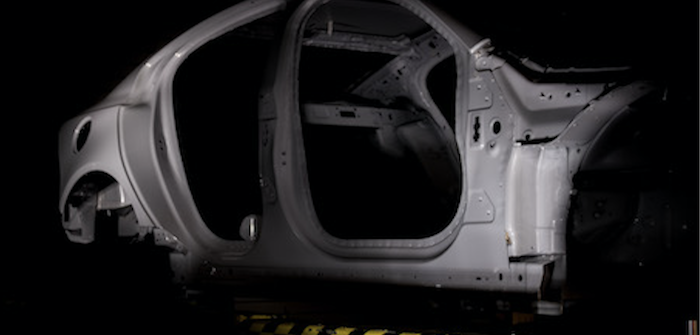When she considers the widening gap between simulation and physical testing. Amy Stubbs is not thinking about the gap between the results of simulation and test.
“We all know simulation is consistently improving and becoming more reliable and is now a vital tool in vehicle development. The gap that is growing is in the detail. Modern high-performance computing means we are running simulations with more and more detail, and many hundreds of thousands of elements. Yet, the world of test engineering is not keeping up. Test engineers are constantly looking for the minimum possible detail. Can I take another channel out of this setup? Can I test one vehicle once instead of twice?
“Obviously, cost is a huge driver in this, and reducing the number of physical tests performed during a program can have an immediate effect on development costs. Is it a real saving though? When we reduce a physical test to its bare minimum are we missing the opportunity to remove future tests from the program? How often are test engineers repeating whole tests because they didn’t quite get all the detail the first time round?
“The buzz words in many industries are ‘big data’, ‘data mining’ and ‘analytics’; pulling together large amounts of information from many sources and slicing and dicing in numerous ways to extract information and grow understanding. This approach is not taken in the automotive test engineering world, where small data is still the modus operandi.
“My background is in NVH and I constantly see, for example, engineers conducting a test with 40 or 50 channels to understand global modes of a BIW. They then book time on the vehicle again and perform another 10 or 20 channel measurements to understand a problem associated with powertrain mounting and the front subframe. Then another test for road noise on the rear. Then another, and another.
“Modern test acquisition systems don’t always prove cost-prohibitive when using high channel counts, and there are even new tools available that give high levels of test data detail in vastly reduced timescales.
“When an asset is available for test early in a program, shouldn’t we be looking to ensure all tests are done in one sitting? Then, when issues come along later in the build, there isn’t a need to reschedule testing. The information about the front subframe is there ready to be analyzed. This is the approach already taken in other industries, where test assets are such high value that all testing has to be completed in one window of opportunity; second chances are not an option.
“Not only this, if NVH engineers take highly detailed measurements when they have access to a vehicle, this could provide useful information to chassis engineers, and vice versa. If test data is pooled into ‘big data’ from all disciplines, then the sum of the parts becomes more useful to the whole. Back to NVH engineers: we scatter accelerometers over vehicle bodies and powertrains to engineer and develop the vehicle. Yet, at the same time, other teams such as brakes and chassis use accelerometers for tests all potentially taking the same data multiple times.
“Why limit the detail in test data and operate in discipline silos, and, as a result, increase the amount of physical testing that takes place? A ‘big data’ collaborative approach that gives as much information as possible early in a program that can be interrogated when issues occur will ultimately have the cost and time reduction benefits we are all looking for.”





